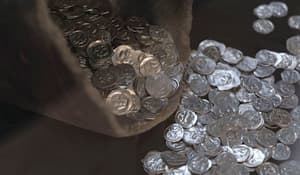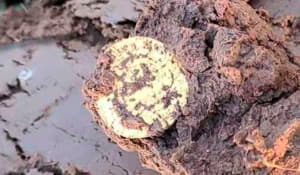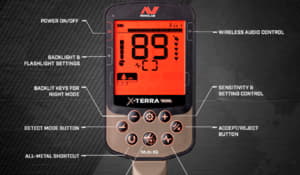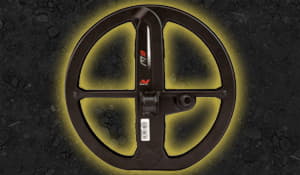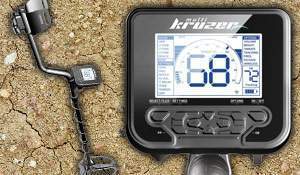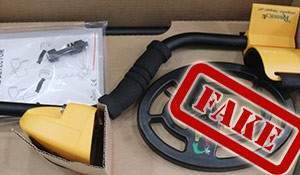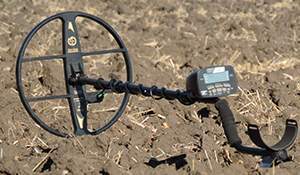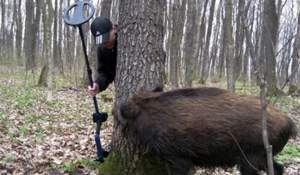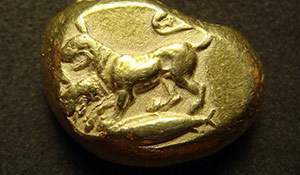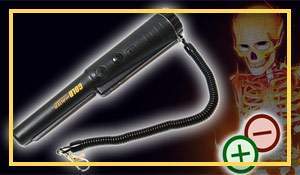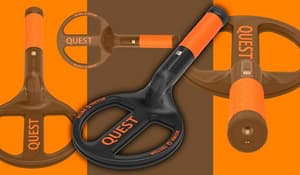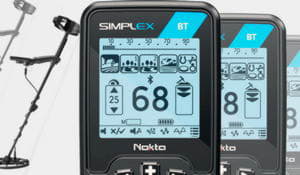Minelab Discontinues 3 Metal Detectors in 2025
In 2025, the Australian manufacturer Minelab withdrew from production three metal detectors. The Equinox and GPX series were affected (reduced in size). The decision was officially caused by a technological update of the product line. But… let’s be honest, these detectors just stopped selling. Continue reading
Minelab Equinox 900 with a sniper coil found a treasure. This is interesting!
The Minelab Equinox 900 metal detector discovered a large hoard of silver coins. This story offers an interesting context for all detectorists. First, the hoard was found using a sniper coil, and the depth was about 30 centimeters (debunking the myth about the shallow detection depth of such coils). Second, the hoard was recovered in two stages (illustrating the proper approach to a site where something valuable has been found). Third, there are photos of the area where the hoard was buried. This is a great opportunity for all treasure hunters to remember the typical features of such locations. Continue reading
Changing the Coil Means New Finds. Photo
In the world of metal detectors, there is a concept: the larger the search coil, the more finds you’ll uncover. Sounds logical, but… A large search coil has its own set of capabilities that are effective only for specific tasks. Using a large coil without experience often leads to digging a lot of holes (many and deep), while the finds often fall short of expectations. The coil shouldn’t be too small or too large—it should be suited for specific conditions. Here’s an example. Continue reading
Minelab X-Terra Elite Metal Detector. New for 2024
In the 1960s and 70s, there were dozens of metal detector manufacturers. From Grandpa Garrett’s memories, there were more than 50. Only two names have endured to this day: Garrett and Fisher. Few people know that Minelab’s history began only in the 90s when the main technologies were already established. The first multi-frequency metal detectors did not carry the Minelab label. Today, the Australian manufacturer claims to be the industry leader… Yet, they produce rather strange detectors that provoke more bewilderment than interest. Continue reading
New Minelab M9 Manticore Coil. Video
Australian manufacturer Minelab has released a new product – a coil for the Minelab Manticore metal detector. The coil supports multi-frequency technology, is round, and measures 9 inches. Continue reading

